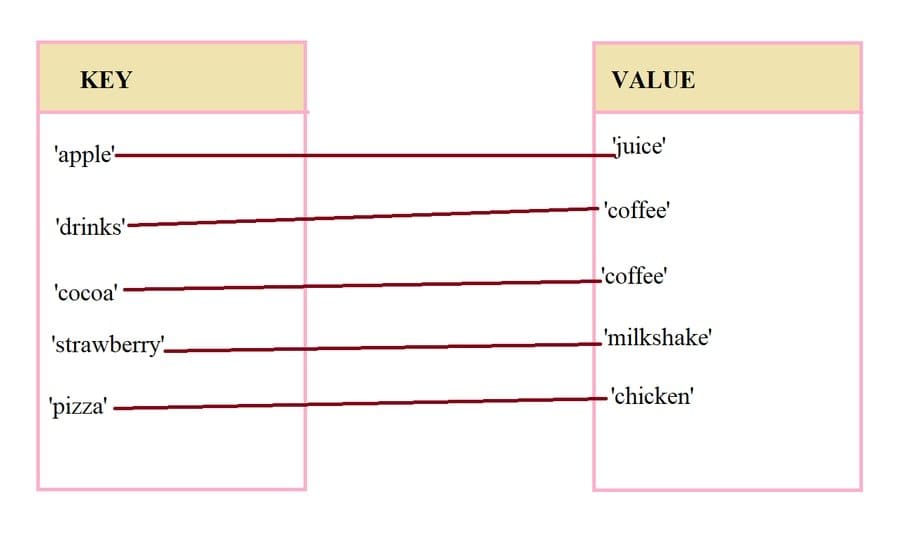

You can add single elements, or elements derived from a mathematical operation such as 0.1 + 0.1. Suppose you have a list of floating points that is built dynamically. As an illustration, consider the following cases. In the real world, things get complicated really fast. Pretty simple, right? Unfortunately, the world is complex, and so is production grade code. This comparison method works well for simple cases, but as we'll see later, it doesn't work with advanced comparisons.Īn example of a simple case would be a list of int or str objects.

The easiest way to compare two lists for equality is to use the = operator. Ready? Let's go! Comparing if two lists are equal in python We’ll learn the best ways of comparing two lists in Python for several use cases where the = operator is not enough. That's what we are going to see in this article. The list goes on and on, and for all of these use cases using = doesn't help.
PYTHON COMPARE DICTIONARIES HOW TO
A while ago I wrote a guide on how to compare two dictionaries in Python 3, and how this task is not as simple as it might sound.


 0 kommentar(er)
0 kommentar(er)
